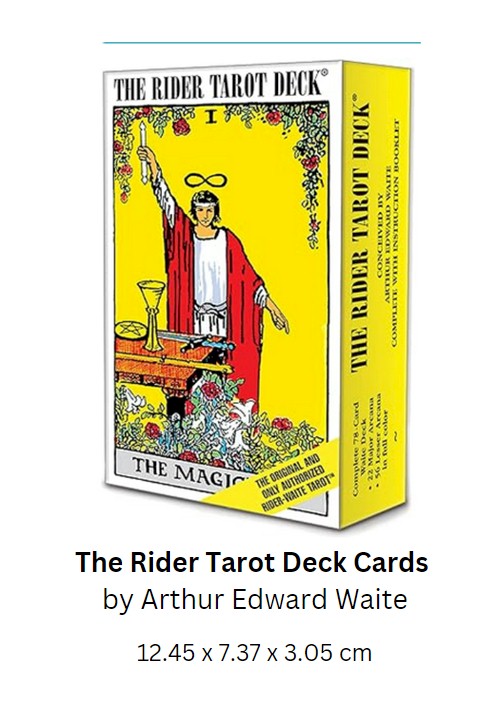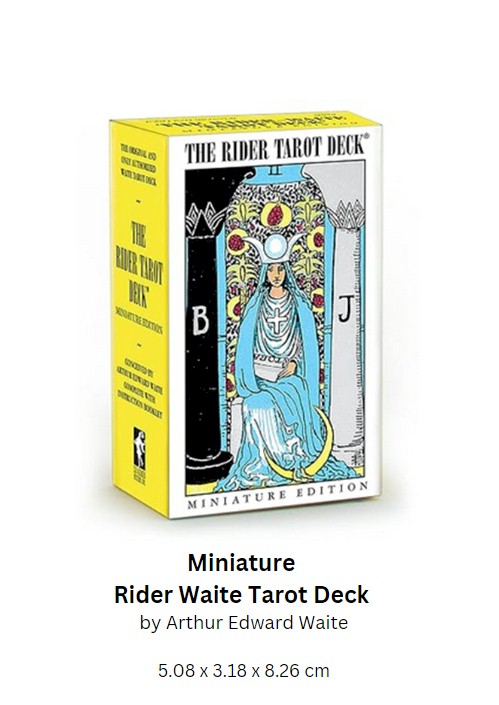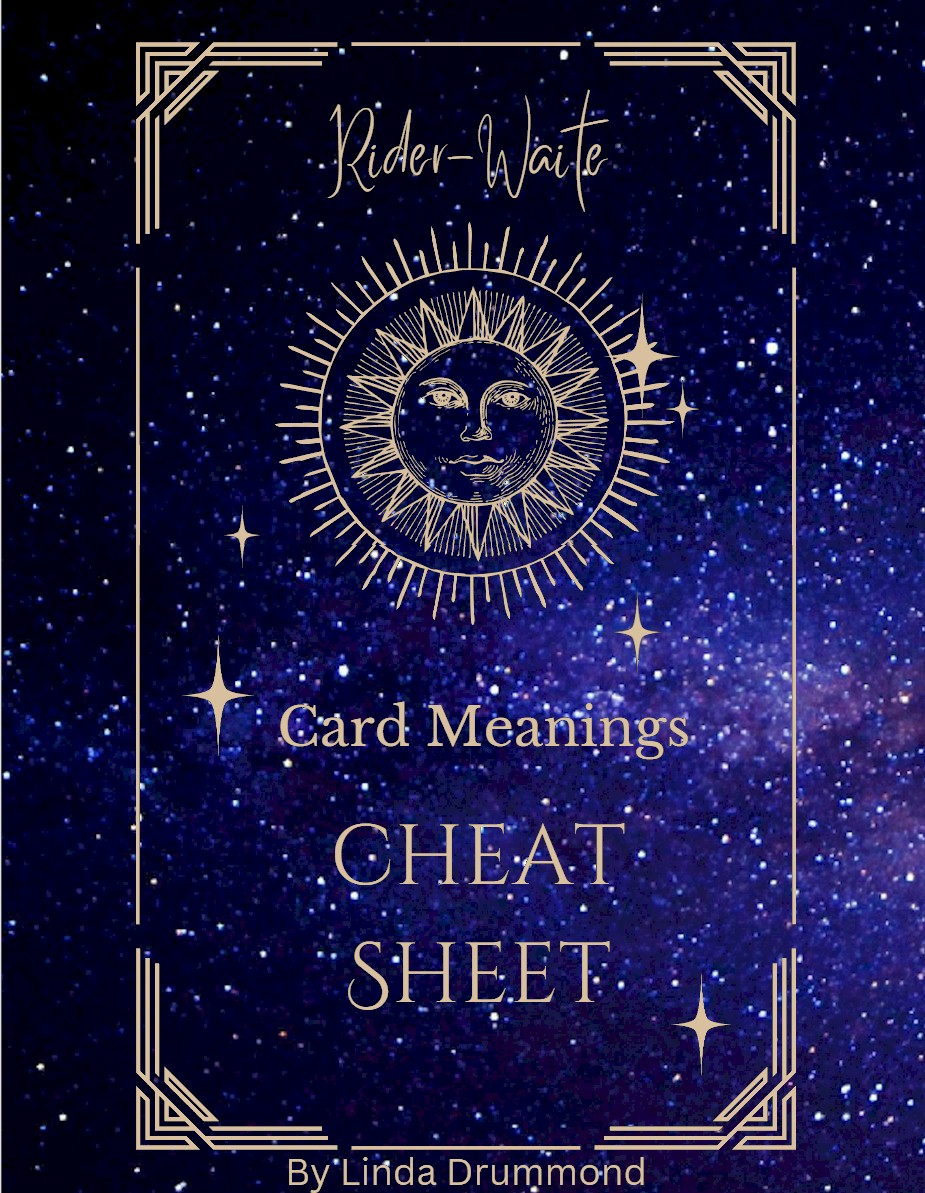Shuffling and Cutting the Cards
The question of who shuffles the cards, the questioner or the reader, is again a matter of personal preference. Some readers prefer to shuffle the cards for their questioners for a number of reasons, including the fact that tarot cards are significantly larger in format than standard playing cards and are unwieldy to handle. People who are unaccustomed to manipulating cards this size do take a long time to shuffle and often do not mix the cards thoroughly, and to save time and possibly even embarrassment, many readers will take on the job of shuffling for expediency’s sake.
Others regard the tarot with a certain mystical reverence and do not like others handling their personal cards for fear of psychic contamination. Some readers simply want to protect their cards from damage through improper and excessive handling. Personally, I prefer to let the questioner shuffle the cards because the effort of concentrating on mixing the cards focuses the individual’s attention, and the more grounded and focused the questioner becomes, the easier it is for me to establish an empathic link.
As the individual is shuffling the cards, I ask them to concentrate on the issue or question that they need answered and mentally articulate the question. I ask him to think about a particular incident that occurred about six months ago (to add a timeframe in the future lines) and how the people involved related to one another.
I then ask the questioner to mentally articulate what manner of guidance he seeks in the present, to consider how he feels about the matter, and then to consider how other people are interacting now. After I am satisfied that the person has completely considered all the facets of the present, I ask him to consider what kinds of outcomes he can see happening as a result of the present and what he would like to have happen.
Talking to the questioner in this way sharpens and focuses his attention on the interior landscape of his thoughts and feelings, producing a contemplative and meditative state of mind. My approach to the shuffling procedure is, in fact, a manner of guided meditation that opens up vistas of mind that I am able to feel empathically.
Once the questioner is satisfied that the cards are thoroughly mixed, I ask them to lay the cards face down on the table to be cut. I instruct them to use their right hand to randomly cut the cards into three stacks, pick them up again in a sequence differing from the order in which they laid them down and still, with their right hand, give them to me.
You should note that as the questioner passes the cards to you, they might inadvertently reverse the vertical orientation of the cards. As I shall explain later, vertical orientation and reversals do have significance in the interpretation of the cards, but in instances when the cards are passed to me in reversed positions, I am inclined to treat this as meaningful in terms of synchronicity and accept the reversals as a part of the reading. If you are reading for yourself, you should use your left hand to cut and restack the deck.


